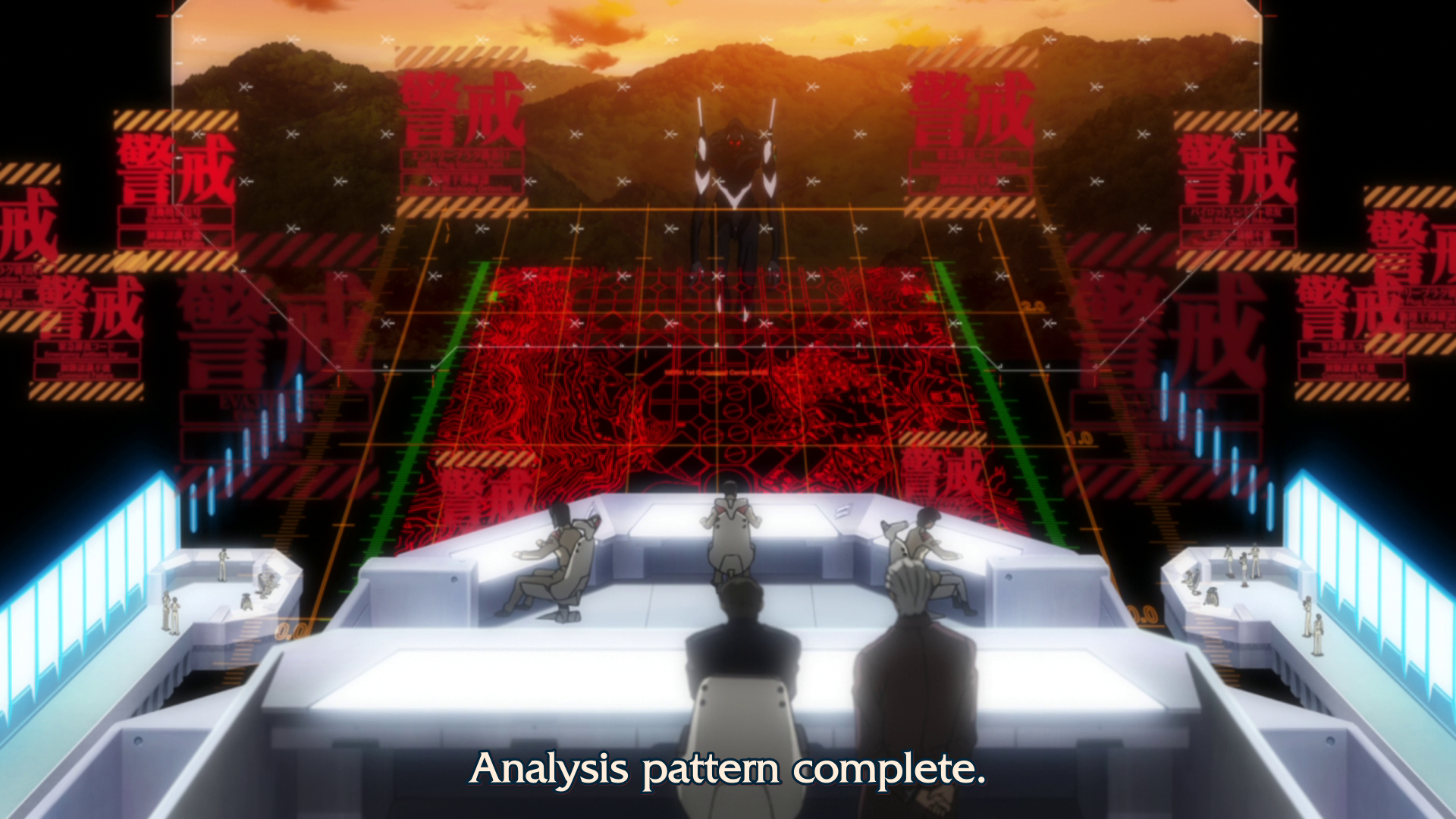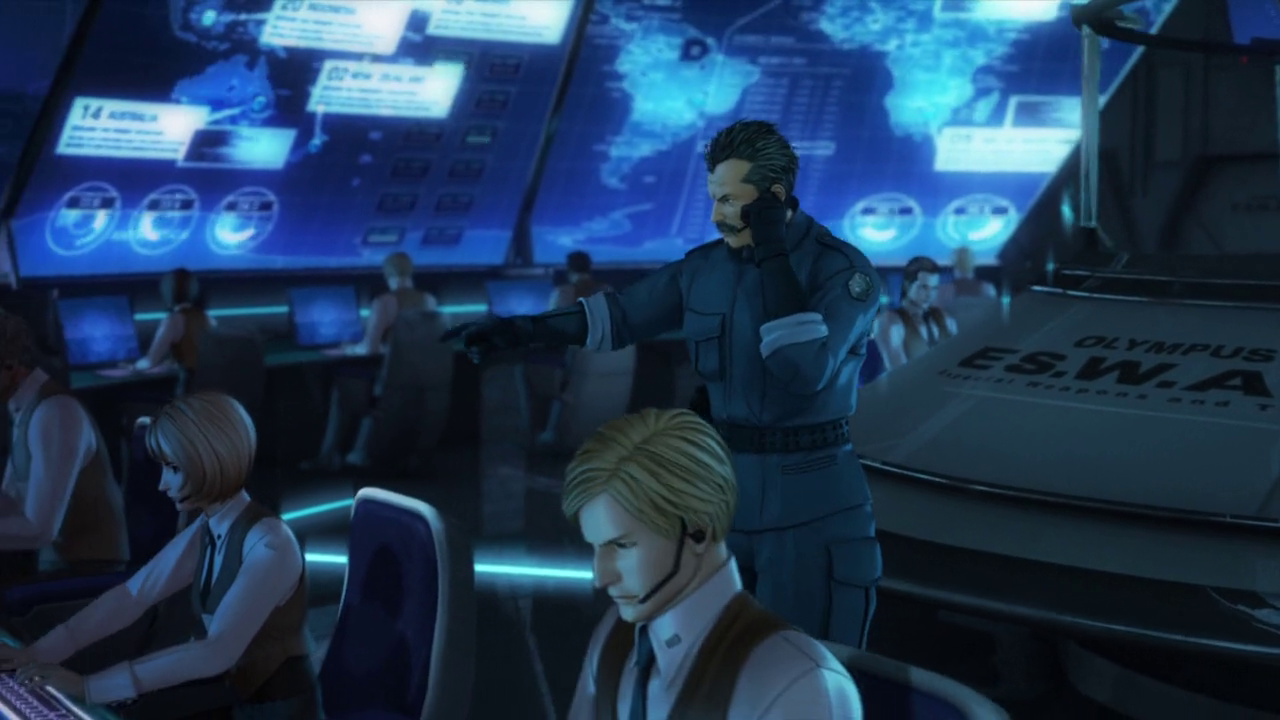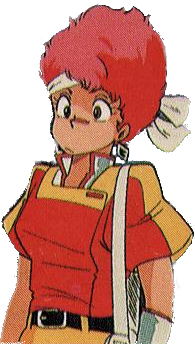Human assisted AI
18 Jun 2021 | 3 minutes to readPerhaps someday, companies will start to build distributed neural networks similar to social networks, using employees as nodes in the network instead of software. This idea reminds me of many cyberpunk anime shows, and the various comptroller rooms that sometimes appear. Many of these “computer rooms” have rows and rows of computer terminals, at which people do their work through. All the terminals are similar, and people are able to work in whatever terminal they find themselves at because the work they are assigned is able to be actioned on through a single interface.
 Evangelion 2.22: You Can (Not) Advance
Evangelion 2.22: You Can (Not) Advance
Instead of investing in true artificial intelligence, use groups of people as “processor nodes” to perform complex tasks. People at terminals act as the “brains”. Take advantage of the neural network already present and trained in humans instead of trying to build one from scratch.
 Megazone 23 Part II
Megazone 23 Part II
There are a few reasons I can think of for using people instead of building out a fully-computer neural network. People might be cheaper to add to a system than attempting to create a software neural network or the same complexity and ability. For specific, extreme workloads, I imagine it would be easier to have 1000 people act as “neurons” instead of attempting to match the performance with software, at least for the time being . People just perform better than computers at certain tasks like object identification or tasks that rely on something learned by the person outside of work, like ethics, or morals, or specialized skills.
 Appleseed EX Machina
Appleseed EX Machina
Even with tasks where computers are able to perform better, a human may be more economical than a complex neural network. It is potentially much easier to train an employee on new tasks than to train a neural network. Humans have a good degree of existing knowledge and experience to apply to a problem, and have better critical thinking, at least for the time being. It all depends on the tasks being performed. I think the hard part is taking a single, monumental project and breaking it down into small, workable pieces. If anything, maybe the structure would have a large “director” AI take the project and break it down into small tasks for smaller AI modules to act on, and the humans at terminals simply help monitor and direct the nodes as they perform the work.
To parallel it to software engineering, Mrs. Bosslady decides what project should be done. The director AI, referencing previous projects, determines how to break the project into parts and the priority of each part. It then farms out the work to worker nodes, which perform the code changes and pass it up to our human comptrollers for a code review, who verify and approve what was done before pushing it to production. I imagine one could even assign the same work out to multiple worker nodes to get a set of possible changes, which the humans can then choose the best or merge parts from each output into a single answer. This would scale the total effort required to perform a piece of work, but it would also potentially result in less errors. Mistakes are always to be expected, but with a large enough worker pool size one could expect they won’t make the exact same error unless it’s a particularly nasty one. It could be a way to perform a task with less mistakes, as long as the task can be repeatedly done in parallel. Of course, it would be much more expensive but I imagine it would get more efficient with scale.
 Bubblegum Crisis Tokyo 2040
Bubblegum Crisis Tokyo 2040
